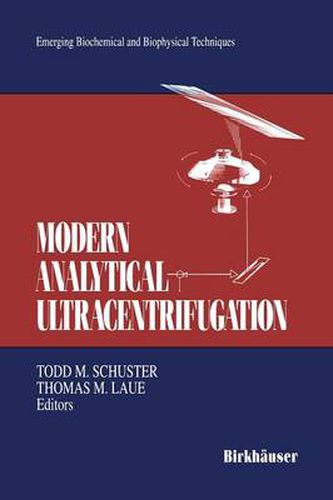Readings Newsletter
Become a Readings Member to make your shopping experience even easier.
Sign in or sign up for free!
You’re not far away from qualifying for FREE standard shipping within Australia
You’ve qualified for FREE standard shipping within Australia
The cart is loading…






This title is printed to order. This book may have been self-published. If so, we cannot guarantee the quality of the content. In the main most books will have gone through the editing process however some may not. We therefore suggest that you be aware of this before ordering this book. If in doubt check either the author or publisher’s details as we are unable to accept any returns unless they are faulty. Please contact us if you have any questions.
There are numerous examples in the history of science when the parallel develop ments of two or more disciplines, methodologies, technologies or theoretical in sights have converged to produce significant scientific advances. The decades following the 1950s have produced several such significant advances, as a result of a convergence of developments in molecular biology and in solid state-based electronics instrumentation. Since one of these areas of significant advancement, analytical ultracentrifu gation, has been undergoing a renaissance, we thought it would be a useful activity to call upon a group of researchers who have been developing either the experi mental or theoretical aspects of the methodology and gather in one place a group of articles summarizing the current status of the field. The success of recombinant DNA methodologies at producing biologically active macromolecules of commer cial interest has evoked interests in mechanisms of function. Pursuit of the related questions has emphasized the importance of studies of macromolecular binding and interaction. Several contributions to this volume remind us that analytical ultra centrifugation is rigorously based on solid thermodynamic theory and, as such, is fully capable of providing comprehensive quantitative descriptions of molecular interactions in solution. Furthermore, a number of the chapters provide examples, along with innovative methods for carrying out these characterizations. The past decade has seen several developments that reflect the rebirth of interest in analytical ultracentrifugation.
$9.00 standard shipping within Australia
FREE standard shipping within Australia for orders over $100.00
Express & International shipping calculated at checkout
This title is printed to order. This book may have been self-published. If so, we cannot guarantee the quality of the content. In the main most books will have gone through the editing process however some may not. We therefore suggest that you be aware of this before ordering this book. If in doubt check either the author or publisher’s details as we are unable to accept any returns unless they are faulty. Please contact us if you have any questions.
There are numerous examples in the history of science when the parallel develop ments of two or more disciplines, methodologies, technologies or theoretical in sights have converged to produce significant scientific advances. The decades following the 1950s have produced several such significant advances, as a result of a convergence of developments in molecular biology and in solid state-based electronics instrumentation. Since one of these areas of significant advancement, analytical ultracentrifu gation, has been undergoing a renaissance, we thought it would be a useful activity to call upon a group of researchers who have been developing either the experi mental or theoretical aspects of the methodology and gather in one place a group of articles summarizing the current status of the field. The success of recombinant DNA methodologies at producing biologically active macromolecules of commer cial interest has evoked interests in mechanisms of function. Pursuit of the related questions has emphasized the importance of studies of macromolecular binding and interaction. Several contributions to this volume remind us that analytical ultra centrifugation is rigorously based on solid thermodynamic theory and, as such, is fully capable of providing comprehensive quantitative descriptions of molecular interactions in solution. Furthermore, a number of the chapters provide examples, along with innovative methods for carrying out these characterizations. The past decade has seen several developments that reflect the rebirth of interest in analytical ultracentrifugation.